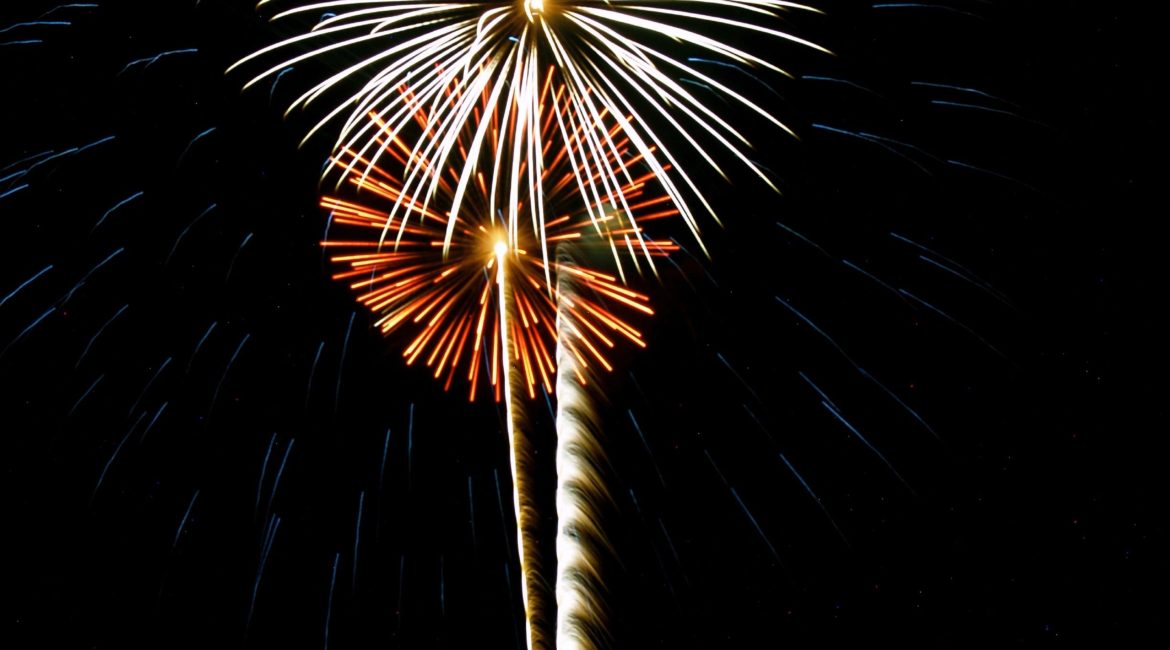The revised Articles of Incorporation stated the purpose of the DLIA in much the same language as it had in earlier versions, basically to protect Deer Lake and the real estate surrounding the lake. Membership in the Association was redefined and divided into voting members and sustaining members. “All owners of real estate within one mile of Deer Lake…shall be eligible for membership. Only one vote may be cast for each parcel of property…” Sustaining membership was available to all “occupants of real estate adjacent to Deer Lake…” but these members were not granted voting rights. The Board of Directors was enlarged to twelve members and the past President was made an ex-officio member of the Board. In other respects, the Articles of Incorporation and bylaws remained much the same.
A continuing goal of the DLIA is improving water quality of Deer Lake. Spraying the lake for algae has been continued. The Association has also sponsored monthly inspections of the public lake access to check for Eurasian milfoil. So far none has been detected. Water clarity tests, begun in 1987, (Deer Tales, 1990) have continued as have SECCHI disc readings. The DLIA applied for and received a grant from the Wisconsin Department of Natural Resources “To identify causes and solutions for the significant decline in water quality in Deer Lake” (Deer Lake Conservancy Report, Summer Edition 2008). The SECCHI disc readings were used to get information for the Barr Engineering studies as to how to best improve Deer Lake’s water quality. The quality was generally good, but according to the Deer Lake Planning Grant Report, “the Association should focus its attention on the areas with the greatest potential to increase the phosphorus loads to Deer Lake, specifically the urban and agricultural watersheds” (Deer Lake Planning Grant Report, p.24). The runoff water quality showed that the water quality of streams flowing into the lake “could be considered poor.” The report concluded that the possible increases in nutrient loadings from the agricultural watershed into the lake “is the single biggest threat” to its long-term health.

